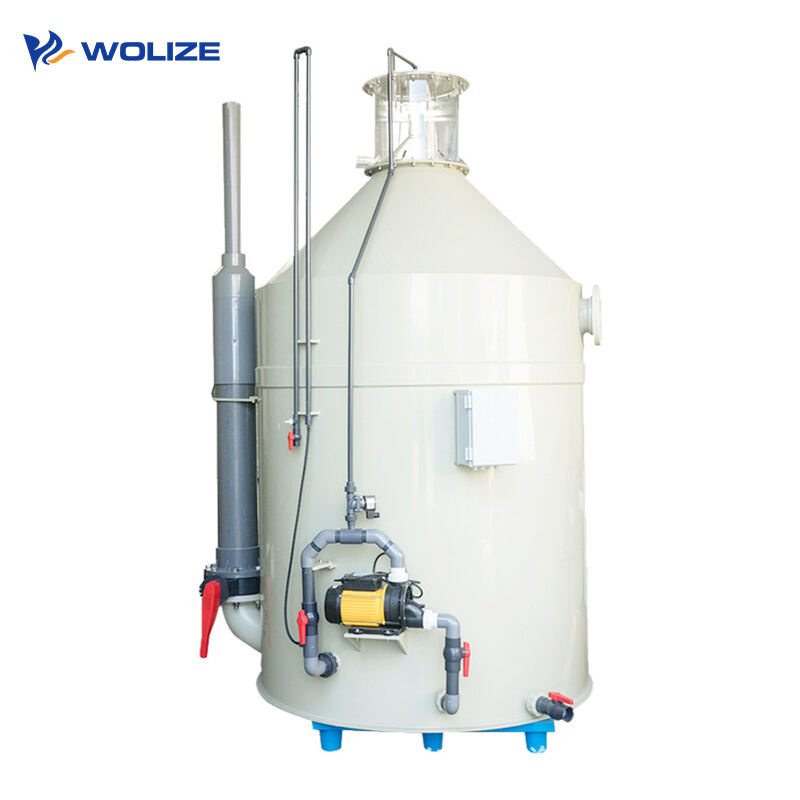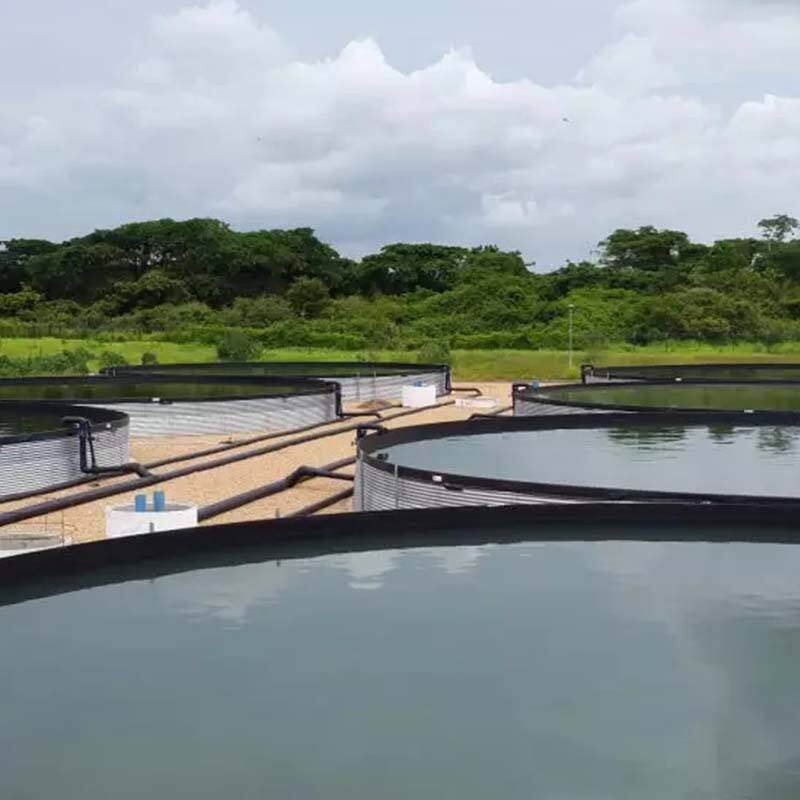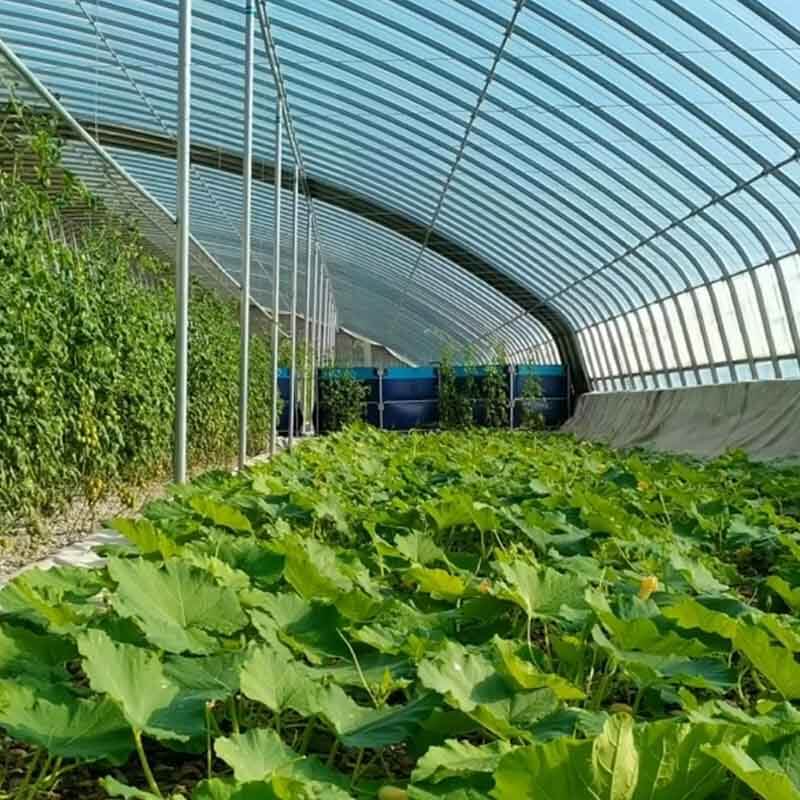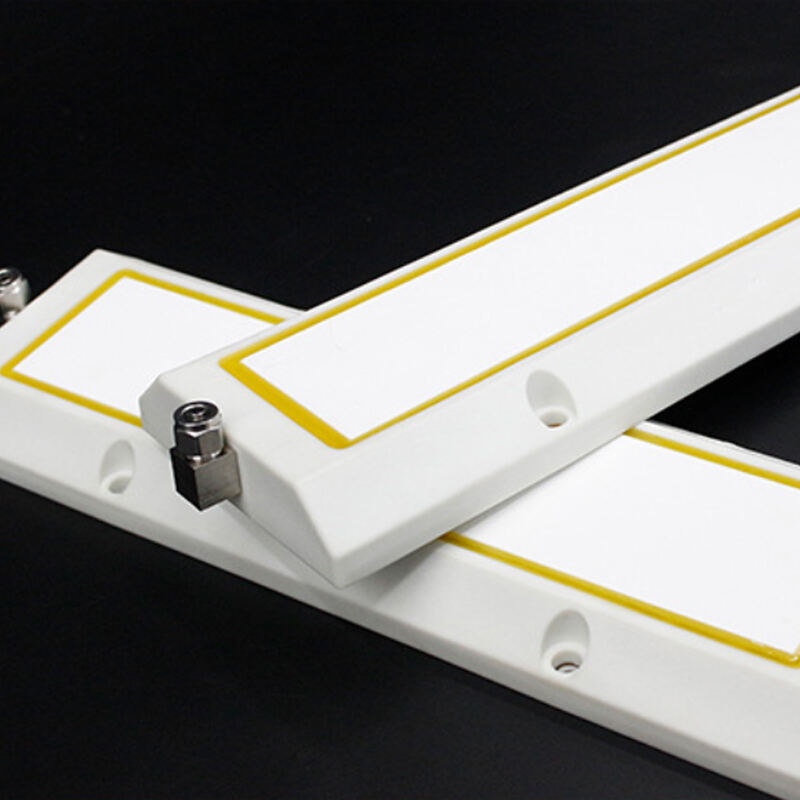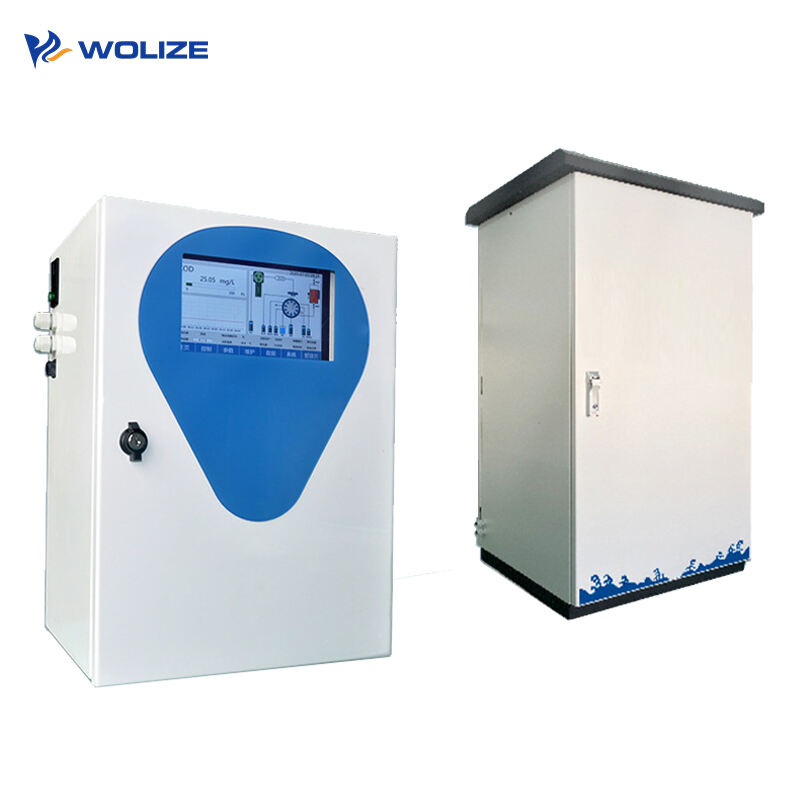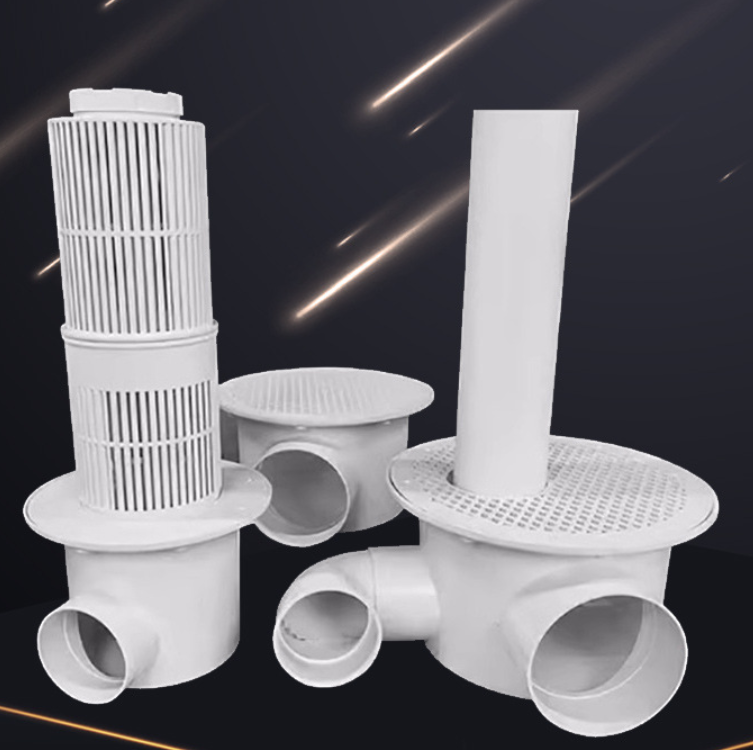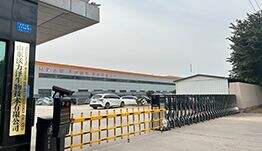Solid Particle Removal Process (I): Hazards of Solid Particles
Almost all waste in the circulating water system comes from feed. These wastes usually appear in two forms: uneaten feed and waste excreted after eating. All these wastes exist in solid, liquid and gaseous forms. Among them, solid wastes are divided into the following two types according to their sedimentation characteristics:
Settling solid particles
Solid particles with a particle size greater than 100 μm. Mainly include larger feed particles, larger feces of farmed organisms, etc. These particles settle relatively quickly in water, and some can be removed by simple sedimentation.
Non-settled solid particles (suspended solid waste)
Solid waste with a particle size of less than 100 μm is also called suspended solid particles. The main source of suspended solid particles is fish feces. The total production rate of feces is positively correlated with the feeding rate. The total content of suspended solid particles = 25% of the feed fed.
- Hazards of solid particulate matter
Solid particles have a negative impact on all aspects of a recirculating aquaculture system, so the primary goal of any recirculating water treatment program is to remove solid suspended particles.
1. Impact on water quality
1) Reduced transparency: Suspended particles can make the water turbid and reduce the transparency of the water. This will affect the penetration depth of light in the water, and for some aquatic plants that need sufficient light for photosynthesis (if they are planted in a recirculating aquaculture system), it will reduce their photosynthesis efficiency. For example, under normal circumstances, the transparency of clear aquaculture water may be around 30-50 cm, but when the concentration of suspended particles is high, the transparency may drop to less than 10 cm.
2) Increase chemical oxygen demand (COD) and biochemical oxygen demand (BOD): The organic components in suspended particles (such as uneaten feed, excrement of farmed organisms, etc.) will decompose in the water, and this process requires oxygen consumption. This will cause the COD and BOD of the water body to increase, making the water body in anoxic or anaerobic state. For example, in a closed recirculating aquaculture system, if there are too many suspended particles, the dissolved oxygen content in the water may drop from the normal 6-8mg/L to below 3-4mg/L.
- Impact on farmed animals
1) Impact on breathing and feeding: suspended particles may adhere to the gills or other respiratory organs of cultured organisms, hindering the exchange of oxygen. For filter-feeding organisms, such as shellfish, too much suspended particles will interfere with their filtering process and make it impossible for them to effectively ingest food. For example, when the gills of fish are covered with a large amount of suspended particles, they will experience shortness of breath and slow growth; shellfish in a high suspended matter environment may reduce their filtering efficiency by 30% - 50%.
2) Inducing disease and stress response: Suspended particles provide a place for harmful microorganisms (such as bacteria, viruses, parasites, etc.) to attach and breed. These microorganisms may infect farmed organisms and cause diseases. In addition, high concentrations of suspended particles will put farmed organisms in a state of stress for a long time, causing their immunity to decline. For example, in shrimp farming, the probability of shrimp being infected with pathogens such as Vibrio will be greatly increased in a high suspended matter environment.
Recommended Products
Hot News
-
The Christmas discount has arrived
2024-12-26
-
Is it true that raising fish in high-density canvas fish ponds is more efficient than ordinary ponds?
2024-12-16
-
Advantages of galvanized canvas fish pond
2024-10-14
-
High-density fish farming technology, fish pond cost, canvas fish pond, canvas pond, high-density fish farming
2024-10-12
-
Why choose flowing water high-density aquaculture
2023-11-20












































